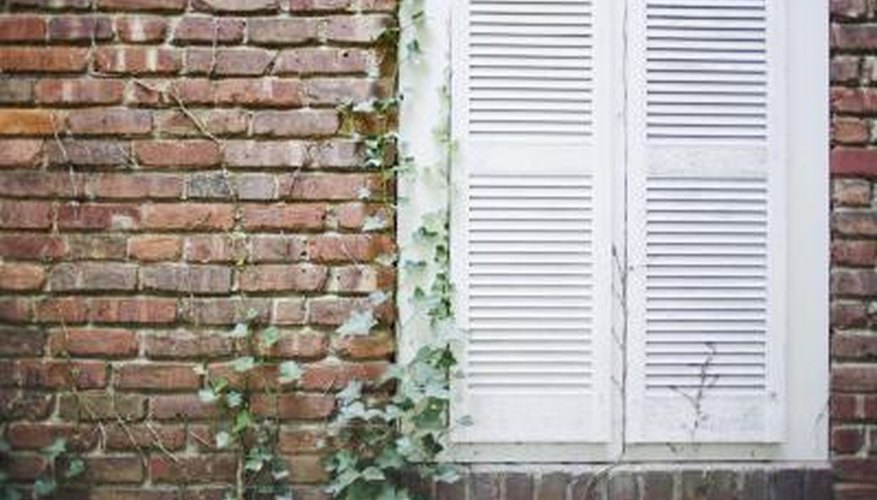Mortar joints are the concrete joints found between each brick on a wall. The joints are typically recessed in from the face of the brick. While some people may like the natural look of brick and mortar, others may find beauty in painted brick and mortar. A coat of paint can dress up an old wall and make it look brand new. Painting mortar can prove to be challenging because of its porous nature and that it is recessed from the brick. Also, proper cure time is essential if the mortar is new.
- Mortar joints are the concrete joints found between each brick on a wall.
- Painting mortar can prove to be challenging because of its porous nature and that it is recessed from the brick.
Allow 28 days for the mortar to cure if it is new. Not allowing it to cure for this amount of time will cause an unacceptable paint bond.
Vacuum any dust off the mortar and wash it to remove any other debris.
Prime the mortar with a 100 per cent acrylic universal primer. Coat the end of the paint brush and apply it carefully in the mortar joint. Brush in smooth, even strokes to apply the primer evenly.
Allow to dry for the recommended time on the can. Proceed to apply the paint. Use a latex paint that is suitable for the weather conditions of the mortar (i.e. outside paint for outside mortar and inside paint for inside mortar). Coat the end of the paint brush and apply the paint to the mortar with smooth, even strokes.
- Vacuum any dust off the mortar and wash it to remove any other debris.
- Allow to dry for the recommended time on the can.
Let the first coat of paint dry and then recoat the mortar with your paint.
TIP
If painting with dark or intense colours, tint the primer to at least 50 per cent of your final paint colour to improve final quality of the paint job. If painting the brick with the mortar, use a roller to roll the brick first. The brush can then finish painting the mortar and clean up any runs from the rolling.
